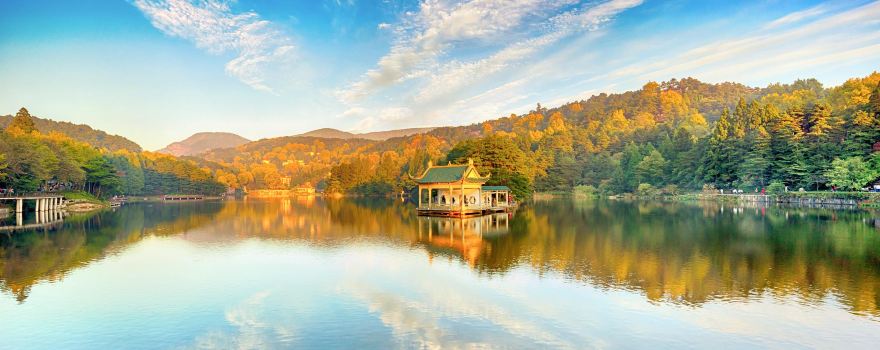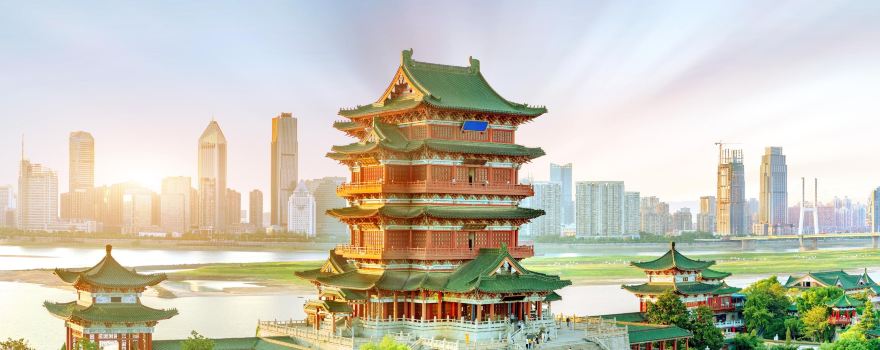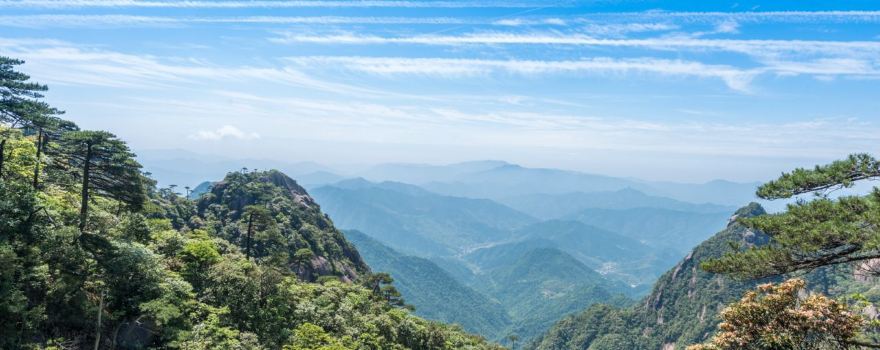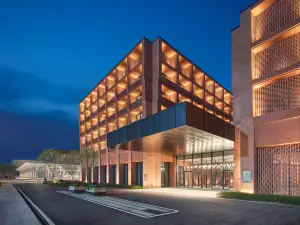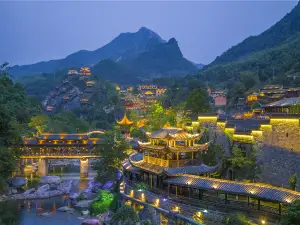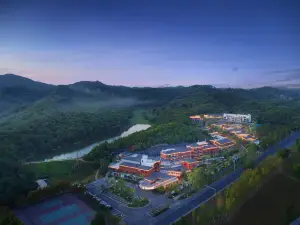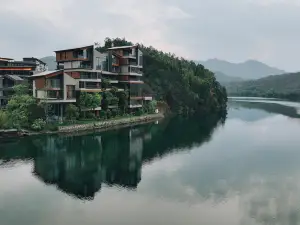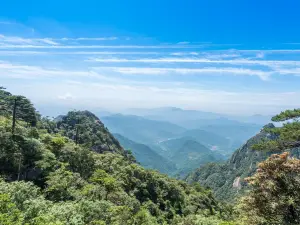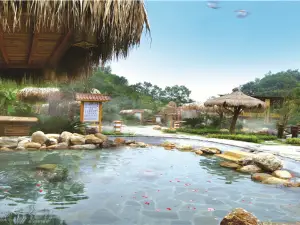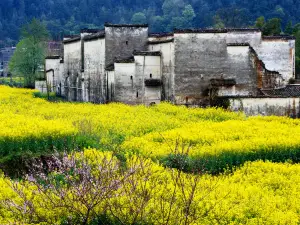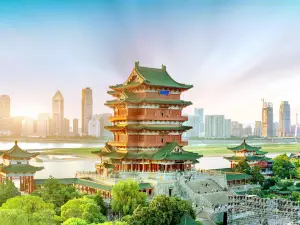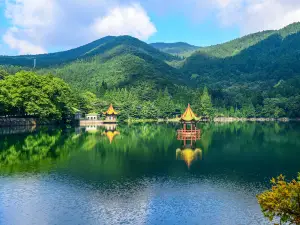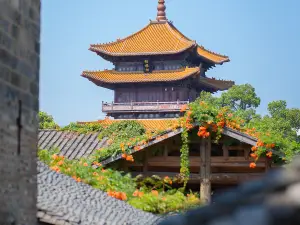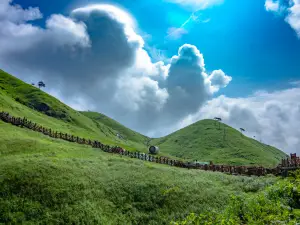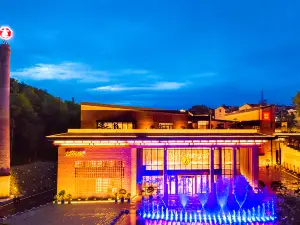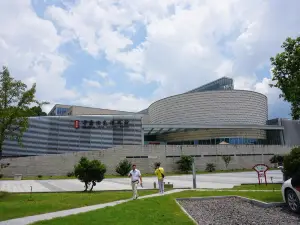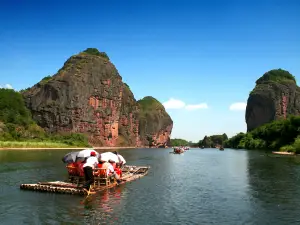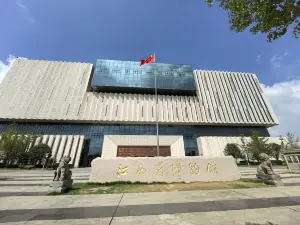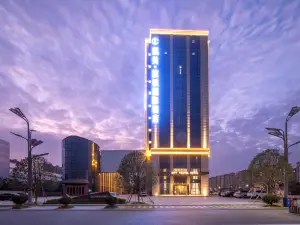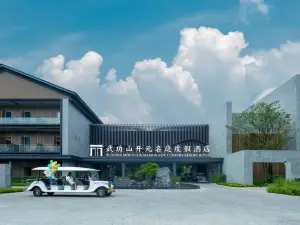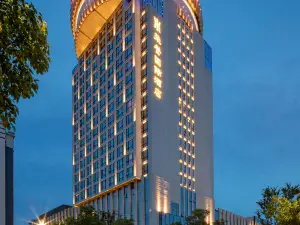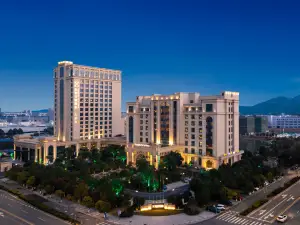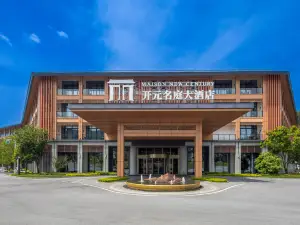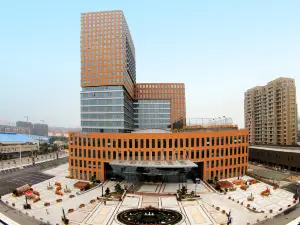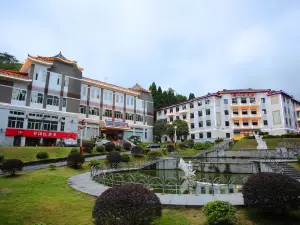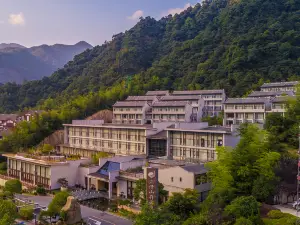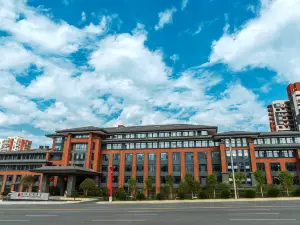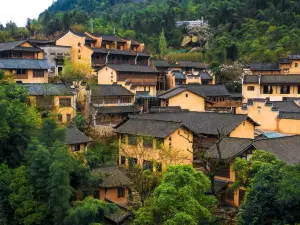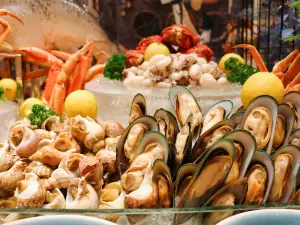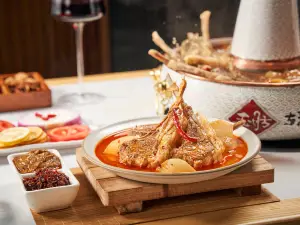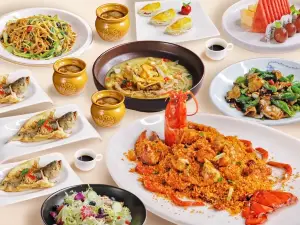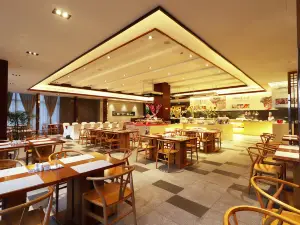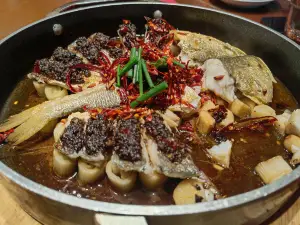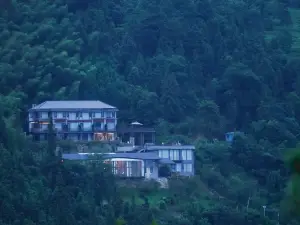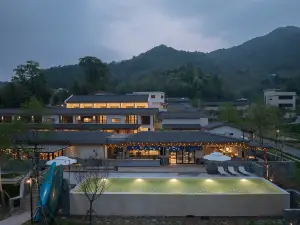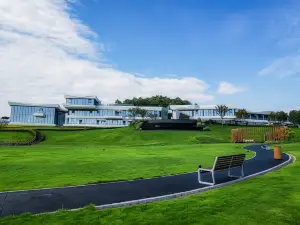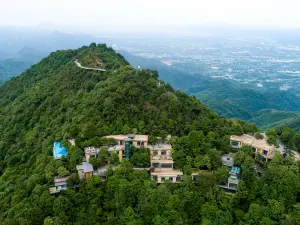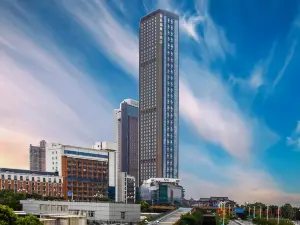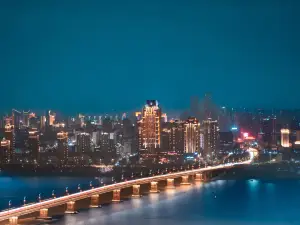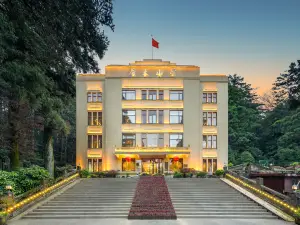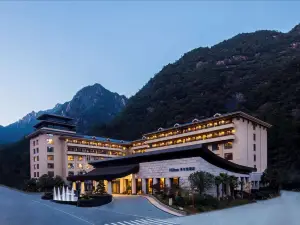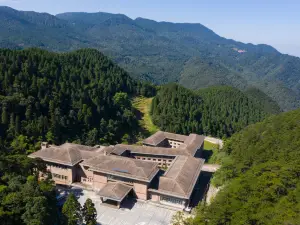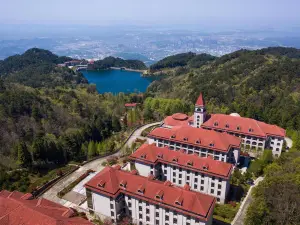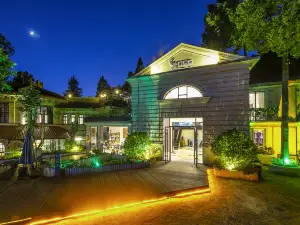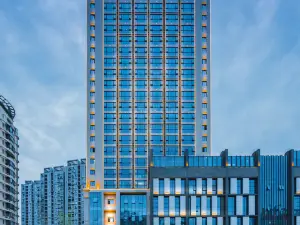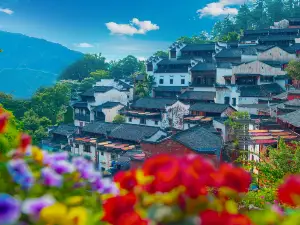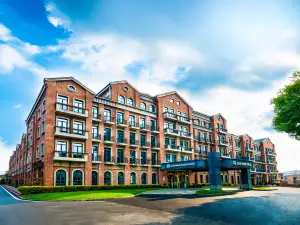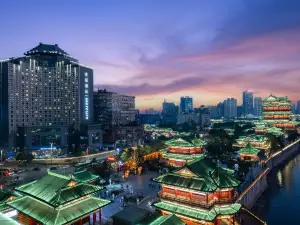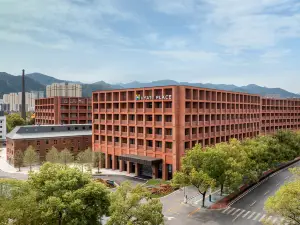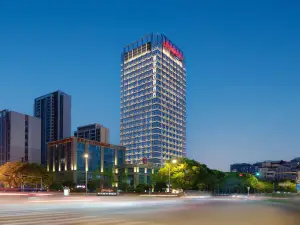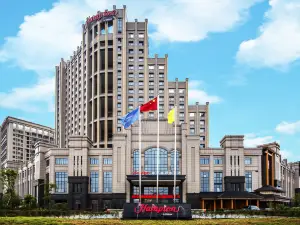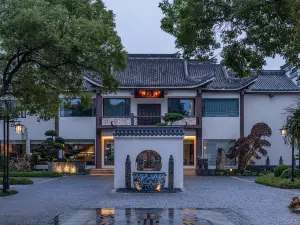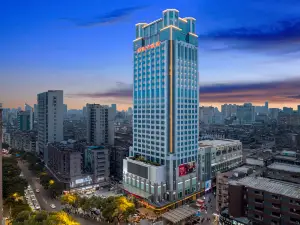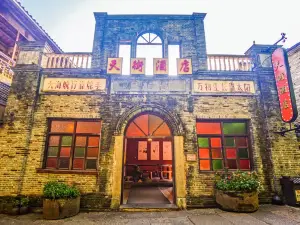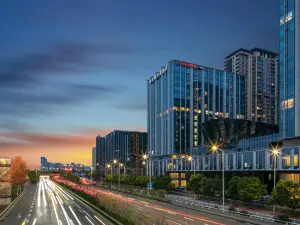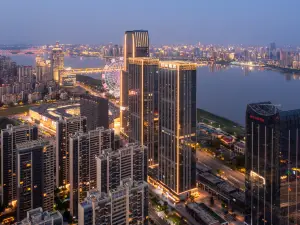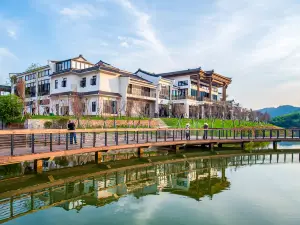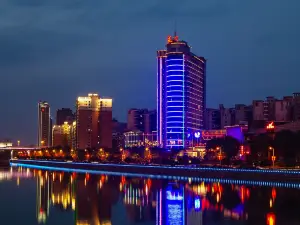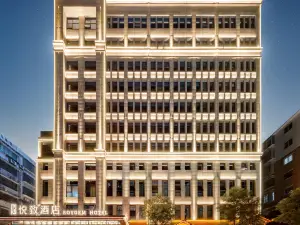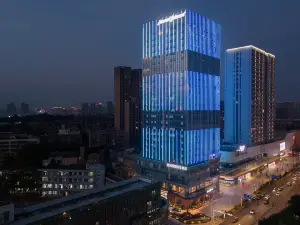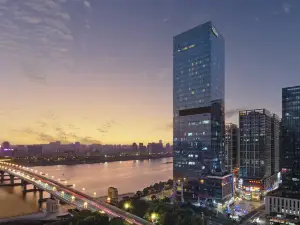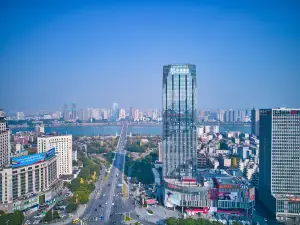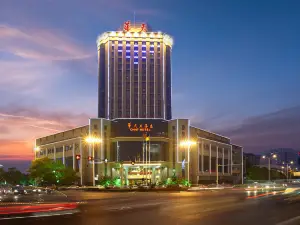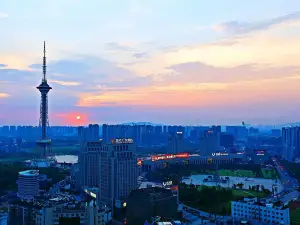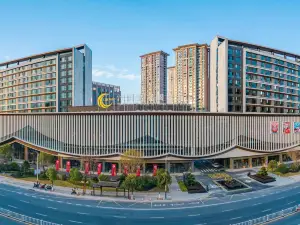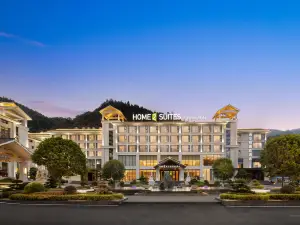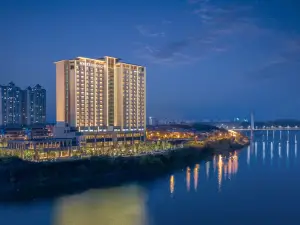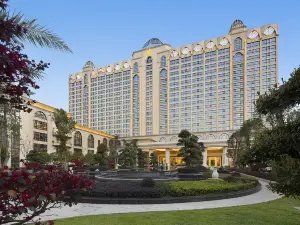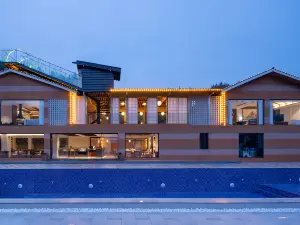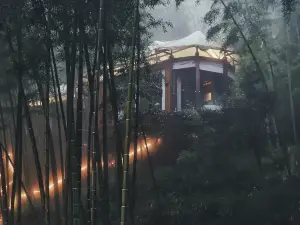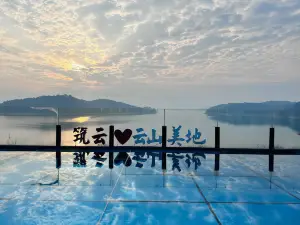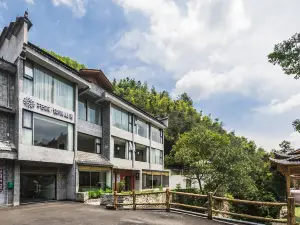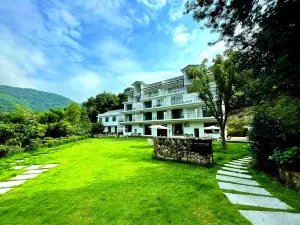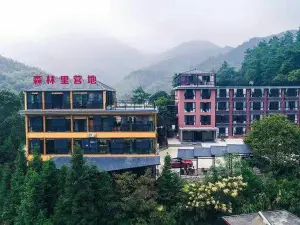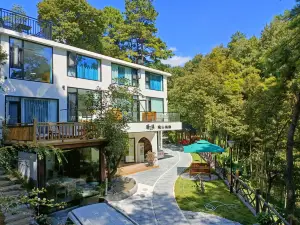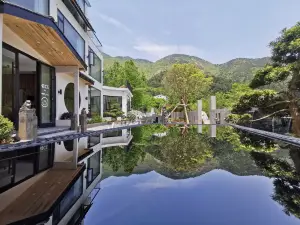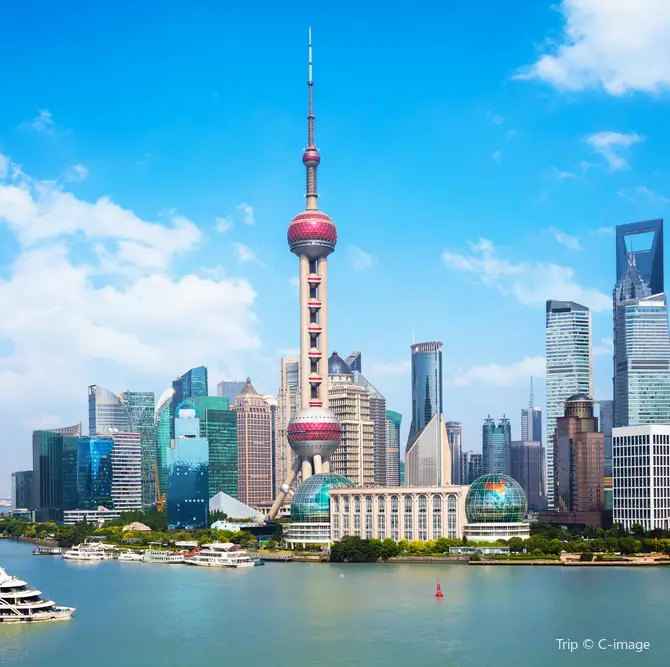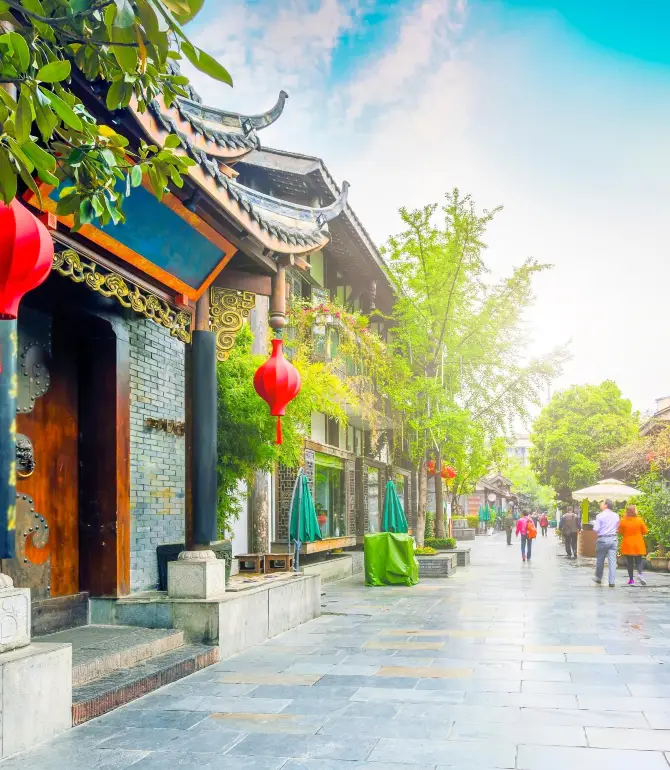Jiangxi Independent Travel Guide (2025): Top Things to Do, Popular Attractions, Itinerary Planning, Accommodation, Food, Transportation, Weather, and More - Everything You Need to Know (Updated June 2025) | Trip.com
About Jiangxi
Recommended trip: 5–8 day(s)
Recommended trip: 5–8 day(s)Jiangxi Local Experiences Map

Trending in Jiangxi
Jiangxi Local Travel Guide 2025
Jiangxi Brief Guide
Jiangxi, an inland province in southeastern China, is rich in history, culture, and natural beauty. It is famous for Jingdezhen, the world-renowned porcelain capital, and its lush landscapes like Lushan National Park, a UNESCO World Heritage site. For visitors, the scenic spots provide a varied and enriching travel experience. Not only known for its unique geographical features and historical sites, Jiangxi is also famous for its distinct cuisine. Jiangxi cuisine is spicy and flavorful, with specialties such as Lushan San Shi and steamed foods being popular among tourists. The local tea, particularly Lushan Yunwu Tea, is recognized nationwide. Top attractions include the ancient 'porcelain capital' Jingdezhen, the idyllic landscapes of Wuyuan, and the spiritual heights, Mount Lu. The combination of cultural activities and breathtaking natural beauty in Jiangxi ensures a rewarding journey for all who visit.
Jiangxi Must-try Local Experiences
1. Explore the Majestic Mountains of Jiangxi Jiangxi is renowned for its stunning mountain scenery. Hike up Lushan, a UNESCO World Heritage Site, and explore the granite pillars and lush forests of Sanqing Mountain Xiaoyao Valley. 2. Cruise along the Picturesque Poyang Lake Embark on a scenic cruise on Poyang Lake, China's largest freshwater lake, and admire the stunning views of Lushan. The lake is also a haven for migratory birds. 3. Wander Through Wuyuan Wuyuan is often called the 'most beautiful countryside in China.' Its picturesque villages, ancient architecture, and vibrant rapeseed flower fields in spring make it a must-visit. 4. Discover the Ancient City of Jingdezhen Immerse yourself in the rich history of Jingdezhen, renowned as the 'Porcelain Capital' for over 1,700 years. Visit ancient kilns, bustling porcelain markets, and try creating your own pottery. You can also visit local shops and markets to purchase beautiful porcelain pieces as souvenirs, ranging from delicate teacups to intricate vases. 5. Experience Hakka Culture in Ganzhou Visit Ganzhou, the 'Hakka Capital of the World,' and explore ancient villages with distinctive tulou houses, traditional Hakka performances, and authentic Hakka cuisine. 6. Savor the Flavors of Jiangxi Cuisine Indulge in the diverse flavors of Jiangxi cuisine, known for its spicy and sour notes. Sample local specialties such as Nanchang Fried Noodles, Poyang Lake Steamed Fish, and Ganzhou Hakka Dishes. 7. Snap Shots at the Tengwang Pavilion The Tengwang Pavilion provides stunning views of Nanchang and the Gan River. Its historical architecture and scenic surroundings make it an ideal spot for memorable photos.
Jiangxi Best cities to visit
Nanchang is regarded as one of the birthplaces of the Chinese revolution and holds an important place in Chinese history. In Nanchang, you can visit Nanchang August 1st Memorial Hall, the original site of the New Fourth Army and other places of interest regarding the revolution. You can also visit the Jiangxi Provincial Museum to learn more about Jiangxi Province. You can also go to Tengwang Pavilion, Shengjin Pagoda and other historic sites, along with Meiling Mountain or Poyang Lake for the natural scenery.
Jiangxi Transportation
To reach Jiangxi, the most feasible options include flying and taking the train from various locations. Travelers can find direct flights to cities like Nanchang, Jingdezhen, and Ganzhou utilizing airlines such as Air China and Asiana Airlines. Additionally, there are comprehensive train services available connecting Jiangxi to major cities like Beijing, offering both affordable and faster travel choices. These transport connections facilitate easy access to Jiangxi for international and domestic visitors alike.
Jiangxi Best Time To Visit
The best time to visit Jiangxi is during the spring (March to May) and autumn (September to November) when the weather is mild and pleasant. In spring, places like Lushan and Wuyuan are particularly vibrant with blooming flowers, providing a spectacular natural display. Autumn in Jiangxi showcases a stunning array of colors at scenic spots such as Huangling in Wuyuan and Poyang Lake, offering picturesque views and ideal temperatures for outdoor activities.
Jiangxi Useful Guide
Keep up with local weather forecasts and follow instructions for evacuation if necessary. Familiarize yourself with emergency contact numbers; for police, dial 110; for fire emergencies, 119; and for medical emergencies, call 120. In case of any other emergencies, contact local tour operators, hotel management, or use the specific emergency numbers provided in your location.
Trip.Best: Jiangxi
Popular Destinations
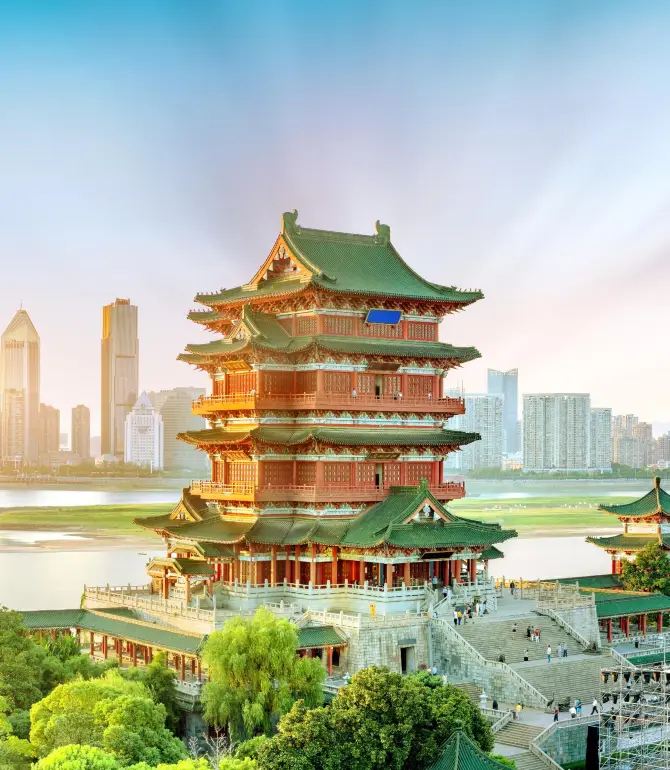
Nanchang
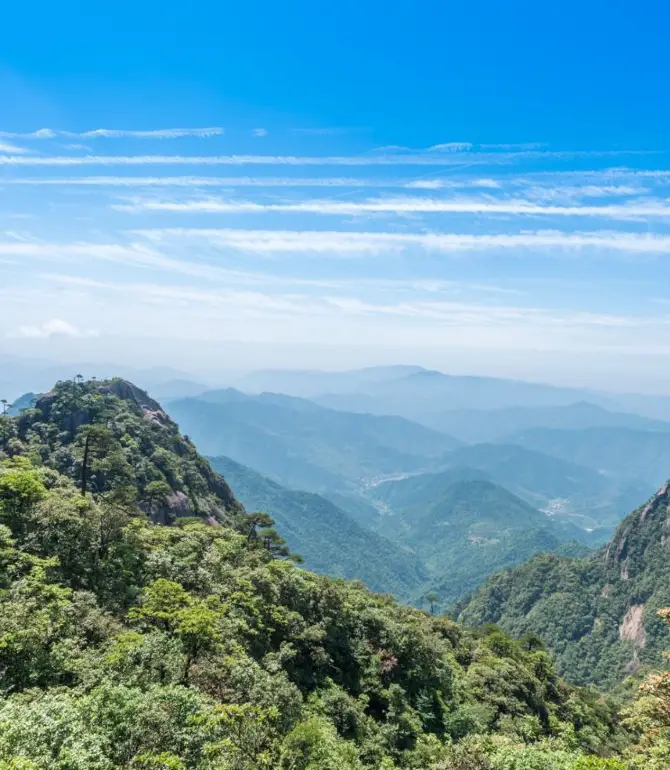
Mount Sanqing
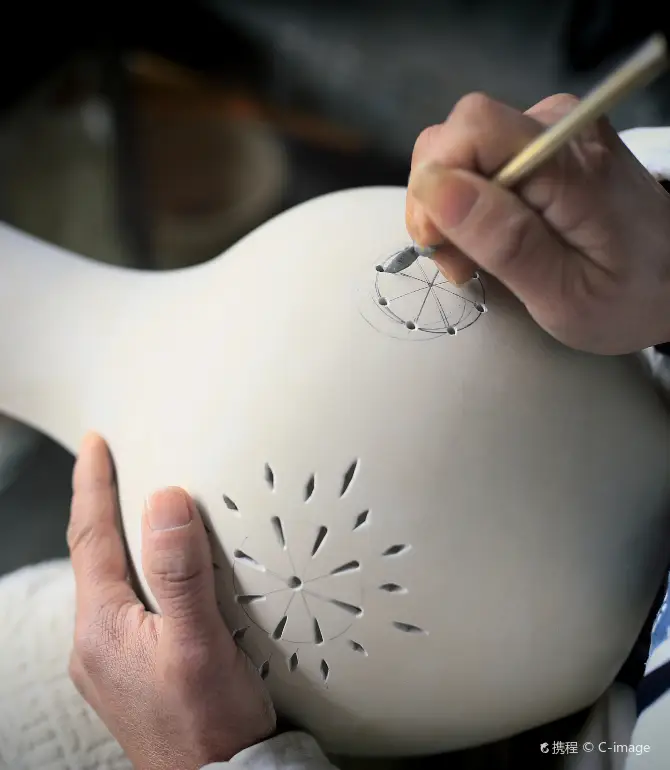
Jingdezhen
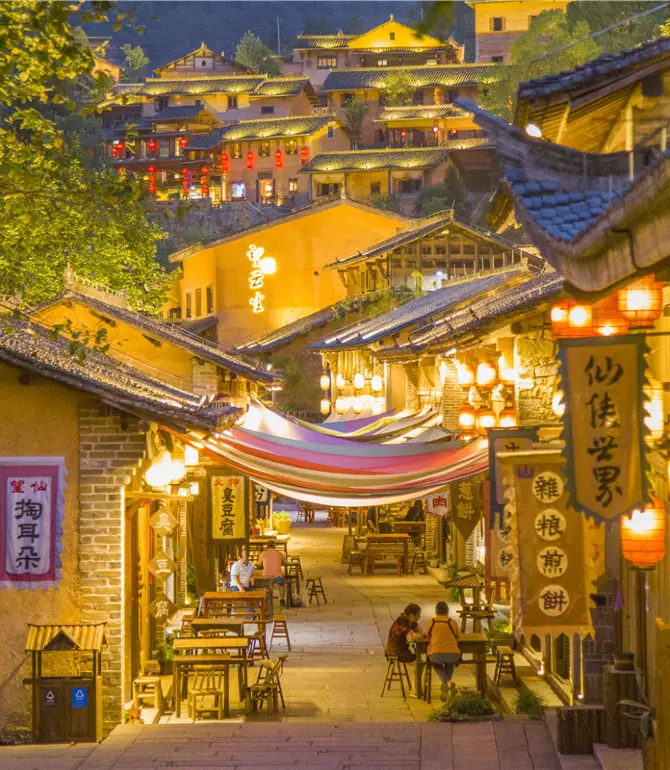
Wangxian Valley
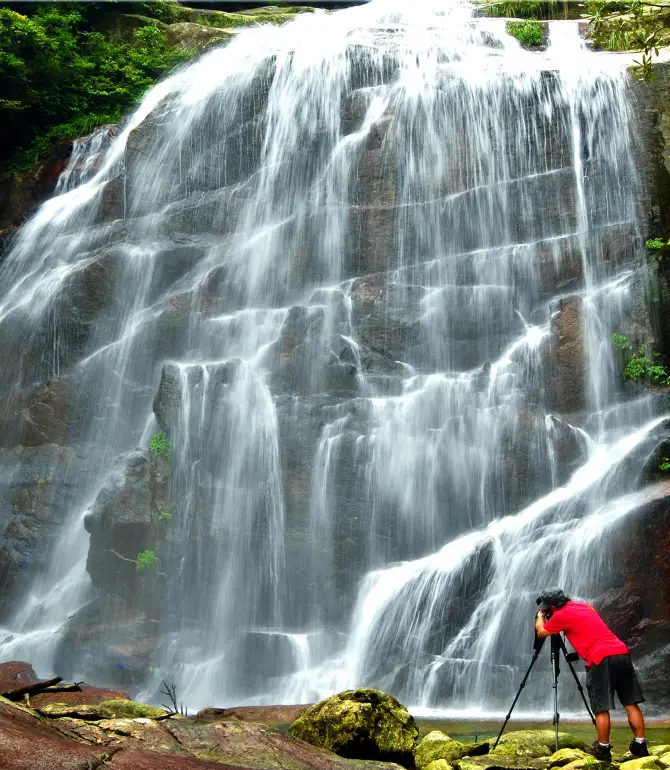
Wugong Mountain
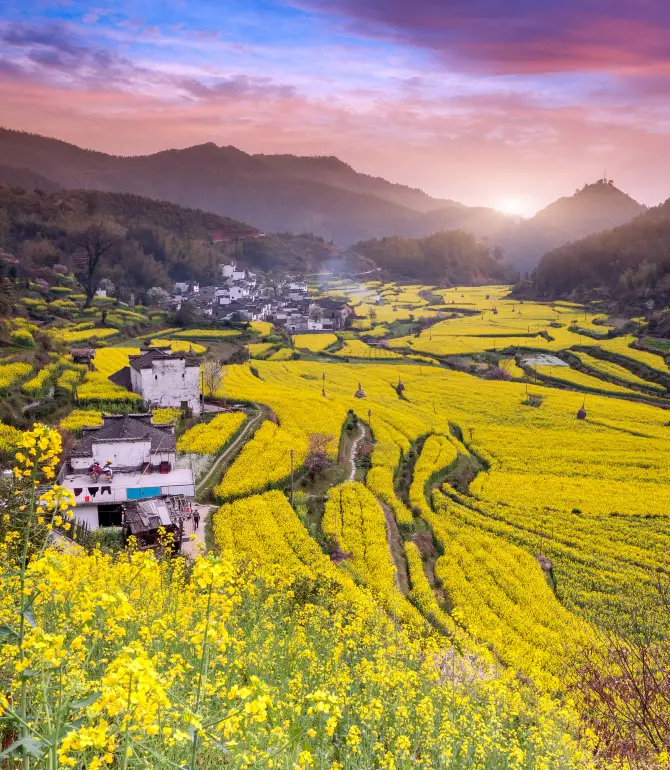
Wuyuan
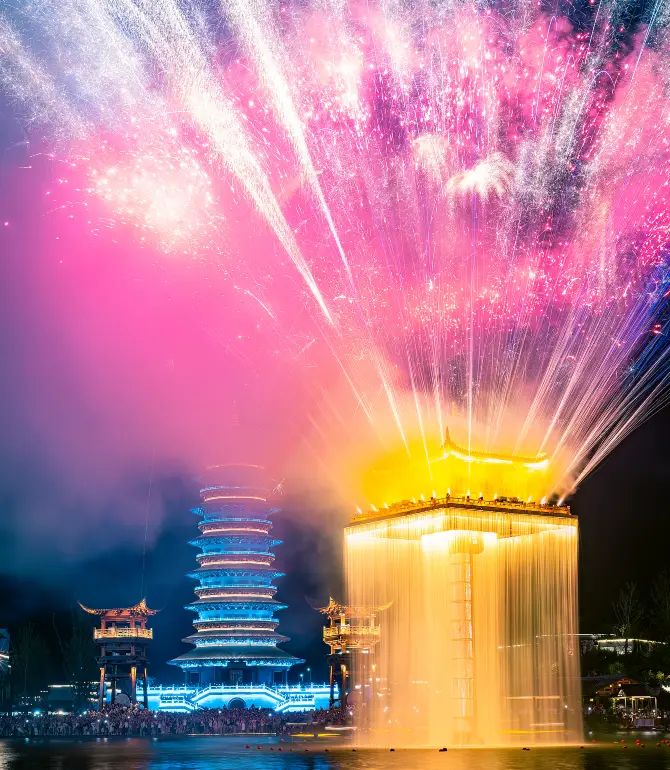
Shangrao
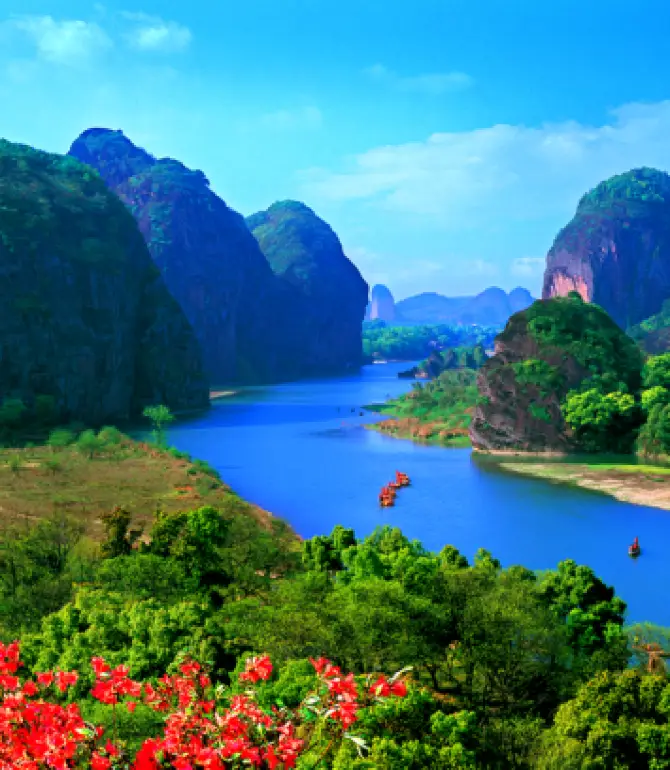
Longhu Mountain
Things to do in Jiangxi
What to Do
The National Archaeological Site Park of Nanchang Han Dynasty Haihun Marquis
Jingdezhen Ancient Kilns and Folk Customs Museum
Where to Stay
What to Eat
Best of Jiangxi
Site Operator: Trip.com Travel Singapore Pte. Ltd.
